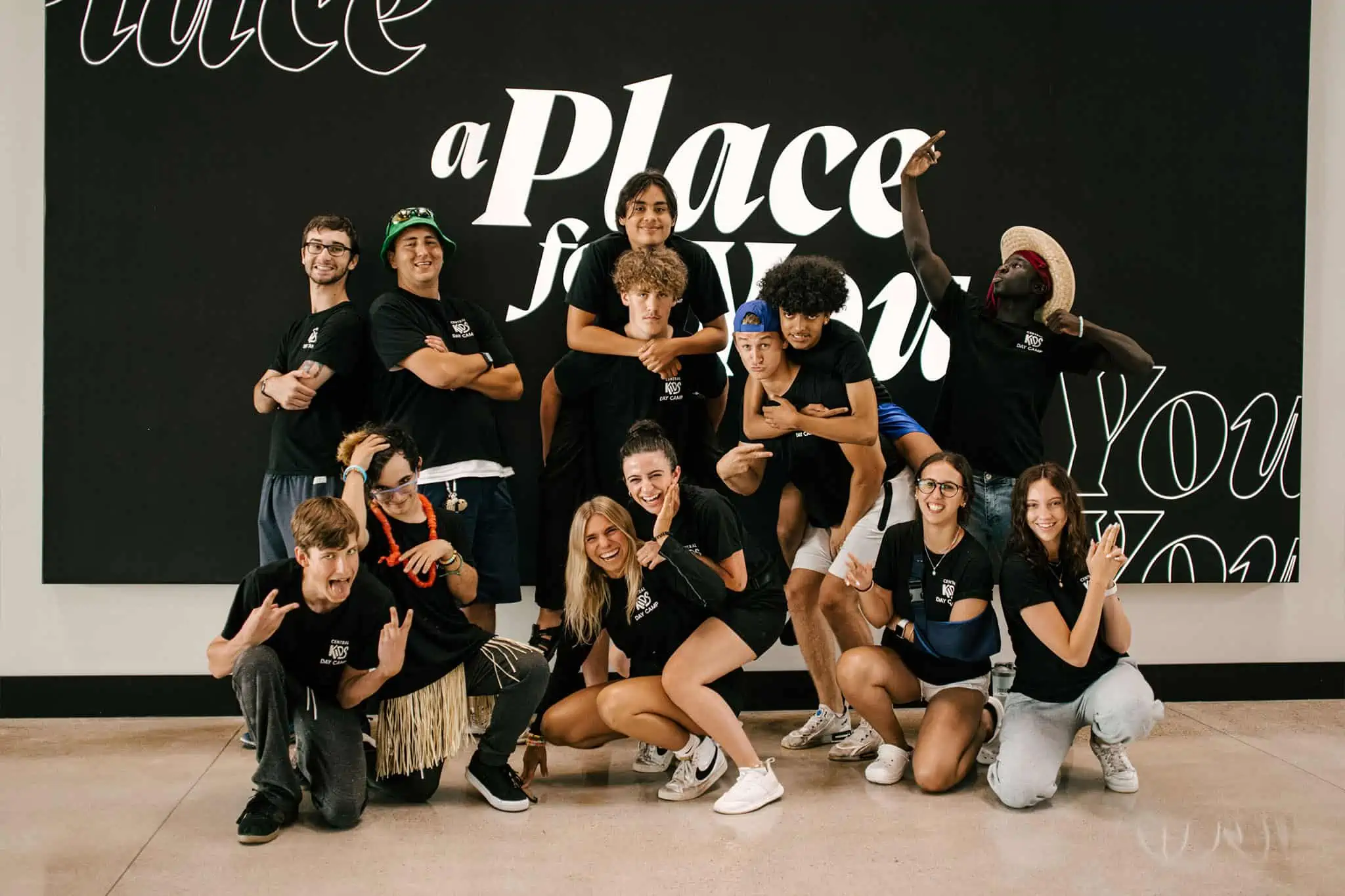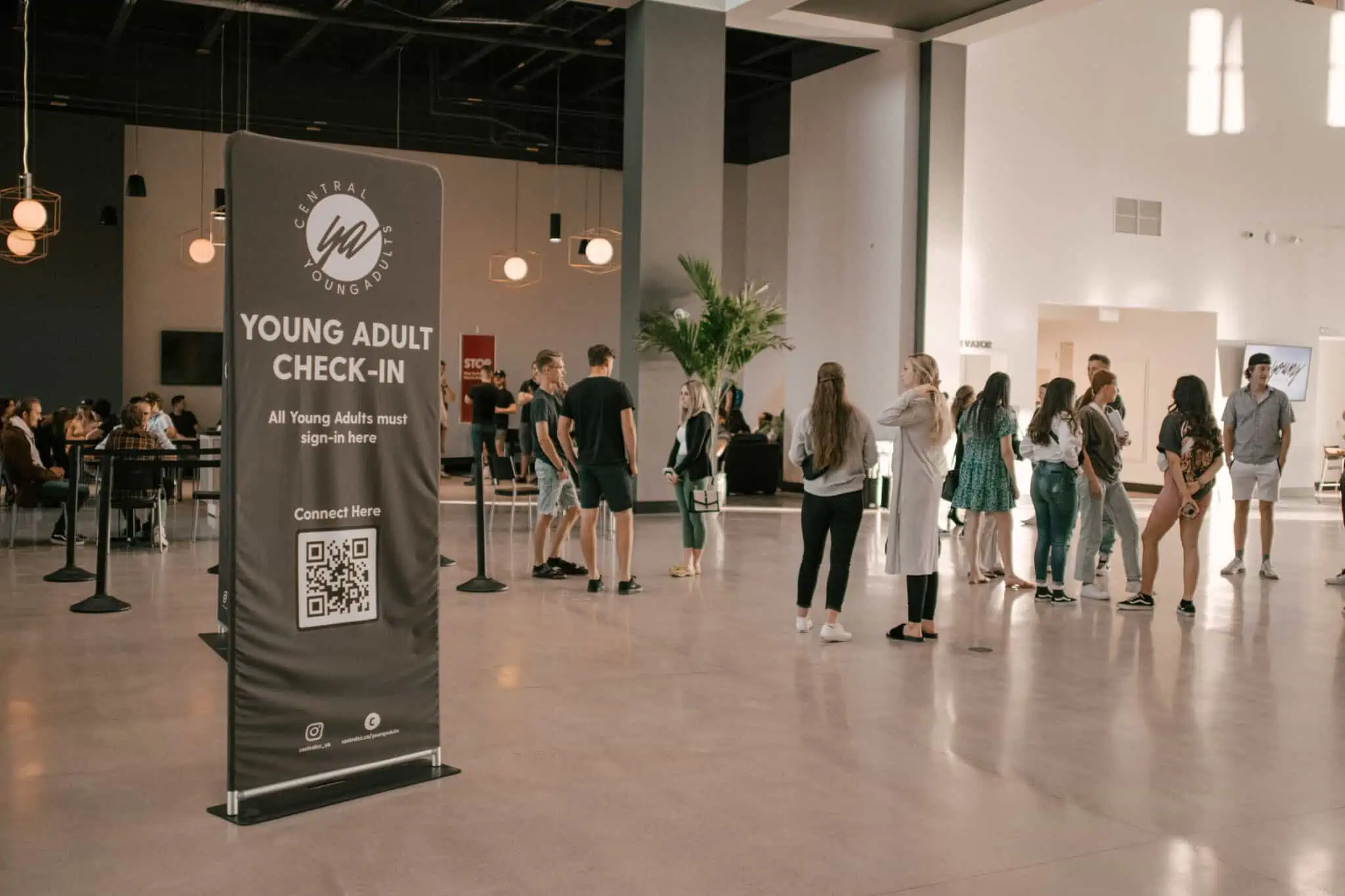One key thing has boosted engagement in my groups. This thing is what inspires people to stay afterward to talk with people they have never met previously. It also has prompted people to come and thank me for using it to help them get to know others from our church.
So, what is this key element?
Icebreakers.
Icebreakers encourage people to get to know each other. Inviting group participation, they are an excellent way to pique people’s interest in an event or activity and it helps them relax or shake off the stress of their day. A simple, effective icebreaker takes little advance preparation. We use them at the beginning, middle or end of any activity or group meeting. Most of our quick icebreakers work for any age and group size.
What makes an effective icebreaker?
It is important that icebreakers be non-threatening. What is non-threatening to some group members could terrify others. For example, the question, “Who would you like to go on vacation with for one week, and why?” could be uncomfortable to some group participants. However, the question, “If you could go on vacation anywhere, where would you go?” might not be as intrusive.
If your session is artfully designed and well-facilitated, it can help get things off to a great start. An icebreaker breaks down the stranger barrier, allows new people to get to know the us who are facilitating. It can also help steer their focus to the theme of your group discussion or intentions of your event.
To avoid an icebreaker becoming awkward or embarrassing, let’s look at what makes one fun, effective.
- Keep it simple and intentional.
Knowing your intention for your group’s time together helps make sure that the icebreaker element is appropriate and comfortable for everyone involved.
-
- Connect people different backgrounds
- Bond group members or a team quickly to work towards a common goal
- Introduce a unfamiliar, deep or awkward topic
- Get to know your group participants and have them know you and each better
- Help people internalize a concept during a learning session
- Identify the “Ice”
When designing your icebreaker, think about the “ice” that needs to be broken.
If you are bringing together like-minded people, the “ice” may simply reflect the fact that people have not yet met. If you are bringing together people of different grades and levels in your organization for an open discussion, the “ice” may come from the difference in status between participants. If you are bringing together people of different backgrounds, cultures and outlooks for work within your community, then the “ice” may come from people’s perceptions of each other.
We want to handle these differences sensitively. Only focus on what’s important to your event. Remember, you want to break some ice for your event, not uncover the whole iceberg, or bring about world peace! A good approach is to focus on similarities rather than differences, such as a shared interest in the event’s outcome.
- Design Your Ice Breaker
Once we have identified the main intention for the time together and what “ice” needs to be broken, we can plan the icebreakers.
For example, when meeting to study the Bible, the objectives may be to set a comfortable environment for today’s study and conversation with good participation from everyone involved, regardless of how much they know. It may be to stretch people in a good way!
Here are some questions I ask when I’m considering how to meet my group meeting objectives:
- How will people become comfortable with sharing?
- How will I establish an open environment for asking and responding to questions?
- How will I create a common sense of purpose?
- What would help them feel the session is appropriate and worthwhile?
To begin preparing the icebreakers, do a bit of research to understand what kind of questions would resonate with my group. Then I prepare a list of questions for each group session in the semester. For example, an 8 week group semester would have 8 icebreaker questions. I’ve also discovered a good combination is to have a mixture of closed questions and open questions. The closed question is a simple one or two-word answer and the open question asks something where the response is a bit more involved.
When icebreakers are remembered for the right reasons they can be a memorable part of an impactful group meeting!
Reflection: What icebreaker question have you experienced that was impactful and memorable?















